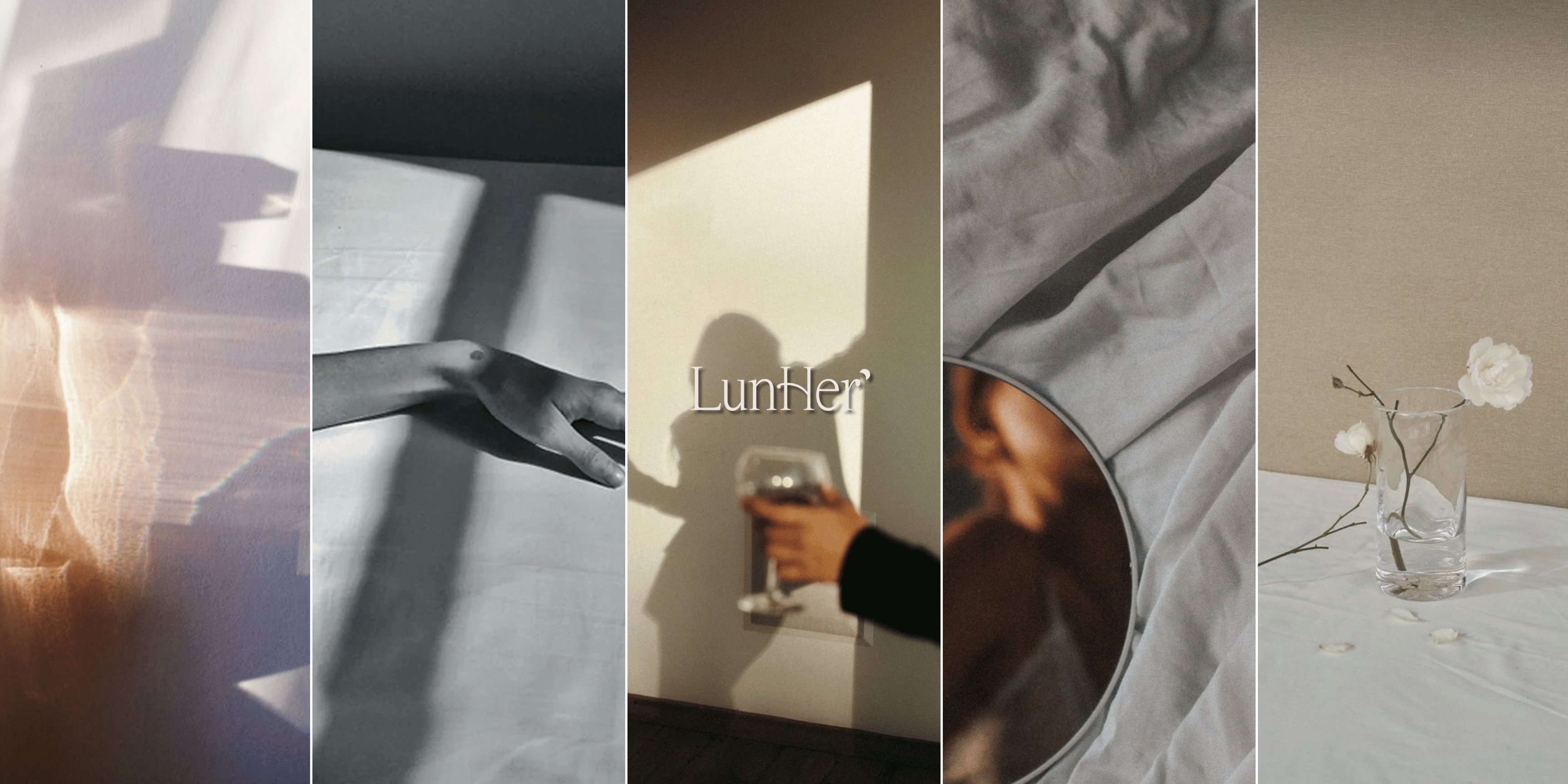
What are the 7 types of rest?
Why rest?
In today's hustle culture, success is often associated with around-the-clock activity and rest takes a back seat. So many of us are upheld to expectations of 'doing it all' and we only allow ourselves to truly rest on holidays or vacations; maybe not even then. Rest has gained a bad rap but it couldn't be further from the truth – it's an essential component of working smart and overall wellness.
When we first learnt of Dr. Saundra Dalton-Smith’s theory of rest, it resonated so deeply that it became one of LunHer's core pillars 🌙. In her book, Dr. Dalton-Smith presents the idea that there are seven types of rest to feel fully ourselves and to feel rested.
Finally, there is an explanation for why, after days or weeks of sleeping well, we can still feel burnt out. It goes on to discuss that the antidote of burnout requires identifying which type of rest you need and adopting the appropriate strategies to replenish those areas accordingly.
What are the 7 types of rest and how can you achieve them?
1) Physical rest has both an active and passive component of resting your body. Passive rest is considered sufficient, quality sleep. On the other hand, active acts of rest are restorative activities such as yoga, stretching, massages, proper posture or workstation set-up to improve the body’s circulation and flexibility.
- Passive: sleeping, napping
- Active: yoga, stretching massages, proper ergonomics and posture
2) Mental rest deficit is when your mind is racing endlessly or when you struggle with concentration or recall. Despite sufficient sleep, you wake up feeling like you haven't slept.
- Schedule short breaks throughout the day to remember to pause or slow down
- Use a notepad to brain dump information throughout the day
- Taking breaks (weekends or holidays) that allow you to 'turn off' your brain
- Meditation
3) Social rest is what we experience from life-giving, positive, supportive, meaningful interactions. It begins with recognizing which social interactions or relationships recharge versus deplete our energy levels. Social fatigue is when you feel like everyone's taking without pouring into you or contributing back into your life; not that they're negative people but they're negatively pulling from your energy.
- Spending time with loved ones where we feel supported and nourished
- Spending time alone
- Drawing boundaries – no is a full sentence
4) Sensory rest: in today's digital age, there is a constant influx of sensory stimulation – notifications, screens, background noise, multiple conversations, etc can cause our senses to be overwhelmed. Someone experiencing a sensory rest deficit is likely to feel energized and happy at the start of the day, but becomes increasingly agitated and irritable as the day goes on.
- Having a period of screen-free time each evening (also great for sleep hygiene!)
- Closing your eyes for a minute periodically throughout the day
- Meditation
- Hobbies or self-care rituals that involve silence and no screens
5) Emotional rest is when we feel we can be real and authentic in how we share our feelings. Many of us carry emotional labor privately, in that we don't want to share with people what we're feeling, thereby blocking the opportunity for them to be expressed and to heal. Another common issue may be the constant need to please others and to suppress your own feelings.
- Affirmations to validate your own feelings
- Journaling to help find and articulate your feelings
- Courage to begin expressing your feelings with your loved ones, even in small doses
- Establishing boundaries
6) Creative rest is when we allow ourselves to experience and appreciate beauty in any form, whether that's nature or the arts. It reawakens the awe and wonder inside each of us – like the last time we saw a beautiful sunset or clear starry skies when it had been a while. This is especially for those of us that require innovation, brainstorming or problem-solving as part of our jobs or lives.
- Nature breaks – walks in the park, hikes, beaches
- Add visually appealing pieces in your home or work space
- Trips to museum or art galleries
- Trying activities or hobbies such as painting, pottery, drawing
- Evenings at jazz or live music cafes
- Other hobbies that facilitate creative expression, however that looks to you
7) Spiritual rest is the need to feel a deep sense of belonging, acceptance and purpose – that we belong, that our work and efforts contribute to the greater good. It may vary based on your belief system, but start with engaging in something greater than yourself.
- Meditation
- Practice gratitude
- Community involvement
- Helping others – volunteer, extracurricular activities
Where to start:
Start by identifying and ranking the types of rest you need more. Then, begin by layering in small rituals and strategies that address your deficits systematically. Make sure to reevaluate how you feel and your ranking regularly, say weekly – until you begin to feel more at rest overall.
And remember to be patient with yourself and with the process! Just like burnout accumulating after weeks or months of fatigue, recovery takes time too.
What's the LunHer take on this?
Let's be real, we are probably all burnt out.
Rest is often viewed as a luxury or an option, something to 'fit in' when the work is done – except the work is rarely done. Rest is like running: we all know how to do it but we all need to learn how to do it better.
At LunHer, we believe that wellness is multi-dimensional and ongoing – and rest is an integral part of that journey. By embracing rest as an essential pillar of wellness, we can restore balance to our everyday lives.





